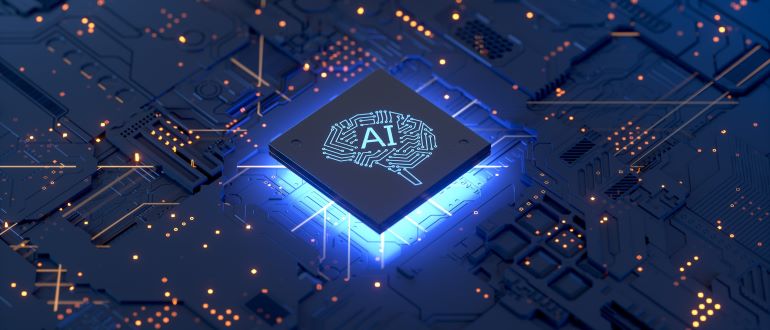
Cisco during a Cisco Live! event today took the wraps off the largest update to its portfolio in recent times to address the requirements of artificial intelligence (AI) applications.
In addition, the company unfurled the Cisco Deep Network Model, a domain-specific large language model trained on the knowledge base that Cisco has built up for several decades. That LLM is being used to provide the foundation for Cisco AI Assistant, a unified conversation interface available in beta that will be integrated across the entire Cisco portfolio, and a revamped instance of Cisco AI Canvas, a user interface designed to specifically enable real-time collaboration between network and security operations teams that will be made available later this year.
In terms of core infrastructure, Cisco is now making the NVIDIA RTX 6000 Pro series of graphical processor units (GPUs) available in Cisco UCS C845A M8 servers in addition to launching a market for GPU-as-a-service and infrastructure-as-a-service providers dubbed Neocloud and, starting this month, making available a dashboard to unify the management of various classes of Nexus switches for data centers.
Cisco is also adding multiple switches, routers and wireless access points, based on its Silicon One series of processors, to increase network throughput to as high as 51.2 Tbps and latencies as low as five microseconds, while a Cisco Intelligent Packet Flow can now be used to dynamically steer traffic using real-time telemetry and congestion awareness across a network fabrics A 400G bidirectional (BiDi) optics due out in the second half also promises to simplify transition to 400G networks while preserving their existing duplex multi-mode fiber infrastructure
Jeetu Patel, president and chief product officer for Cisco, said there will soon be tens of billions of AI agents that will need the capabilities of next-generation servers and networks to securely process and analyze massive amounts of data. Cisco also revealed it has joined the EPRI Open Power AI Consortium to help find more efficient ways to distribute electricity across data centers running AI workloads.
Additionally, Cisco is embedding quantum-resistant encryption algorithms across the portfolio to further ensure data in transit remains secure, along with a Cisco Live Protect capability to secure network infrastructure at the kernel level.
At the same time, Cisco revealed that the latest generation of Cisco routers will now come with native software-defined wide area network (SD-WAN) capabilities and integrated firewalls. Other additions include a series of firewalls capable of 200 Gbps per rack unit, a Hybrid Mesh Firewall that provides a fabric for integrating Cisco and third-party offerings, a Universal Zero Trust Network Access (ZTNA) capability to simplify policy management and enhance visibility across both end users and AI agents, and deeper integrations into the Splunk IT operations platform that Cisco acquired last year and the rebranded Spunk AppDynamics observability platform.
Cisco is also previewing a Mesh Policy Engine for Cisco Security Cloud Control that enables security polices to be enforced across its portfolio and revealed that its Duo Identity and Access Management (IAM) platform can now also broker for passwordless authentication along with automated agent discovery, delegated authorization, secure zero trust access, and native support for the Model Context Protocol (MCP).
It’s not clear at what pace organizations will be able to absorb these and other infrastructure and security innovations, but as AI workloads continue to evolve, it may now be more a question of when rather than if.

